The digital revolution is far more significant than the invention of writing or even of printing
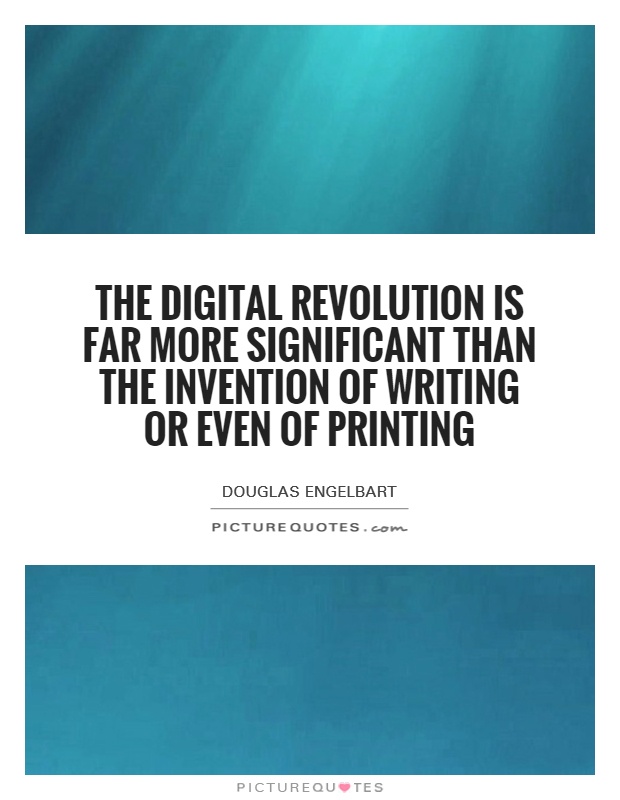
The digital revolution is far more significant than the invention of writing or even of printing
The invention of printing by Johannes Gutenberg in the 15th century is often hailed as one of the most significant technological advancements in human history. It revolutionized the way information was disseminated, making books and other printed materials more accessible to a wider audience. However, some argue that the digital revolution, which began in the late 20th century with the advent of the internet and personal computers, is even more significant than the invention of writing or printing.One of the key reasons why the digital revolution is considered more significant than printing is the speed and reach of information dissemination. With the internet, information can be shared instantaneously with people all over the world. This has led to a democratization of knowledge, as anyone with an internet connection can access a wealth of information on virtually any topic. In contrast, printing was limited by the physical constraints of distributing printed materials, which could only reach a limited audience.
Furthermore, the digital revolution has transformed the way we communicate and interact with each other. Social media platforms like Facebook, Twitter, and Instagram have connected people in ways that were unimaginable just a few decades ago. These platforms have also given individuals a voice and a platform to share their thoughts and ideas with a global audience. In contrast, printing was a one-way form of communication, with authors and publishers controlling the dissemination of information.
The digital revolution has also had a profound impact on industries such as journalism, entertainment, and education. The rise of online news outlets and streaming services has disrupted traditional media outlets and changed the way we consume news and entertainment. In education, online learning platforms have made education more accessible and flexible, allowing students to learn at their own pace and on their own schedule.
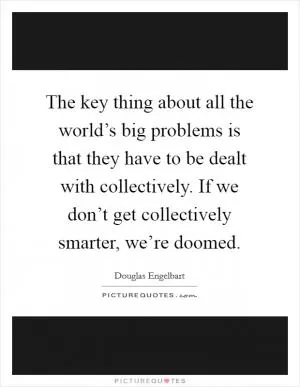
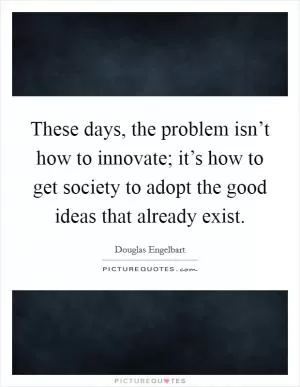



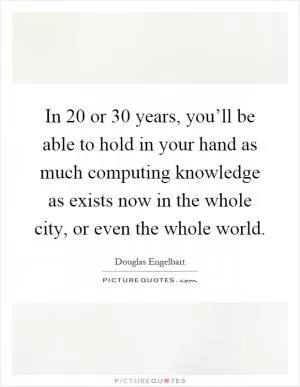

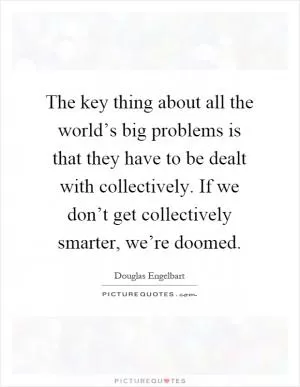
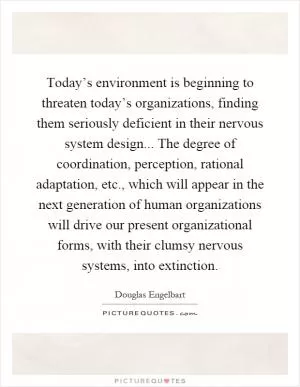
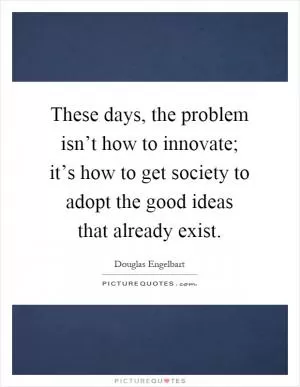

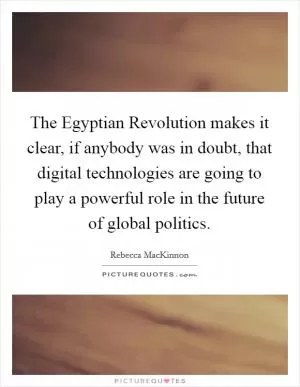
 Friendship Quotes
Friendship Quotes Love Quotes
Love Quotes Life Quotes
Life Quotes Funny Quotes
Funny Quotes Motivational Quotes
Motivational Quotes Inspirational Quotes
Inspirational Quotes